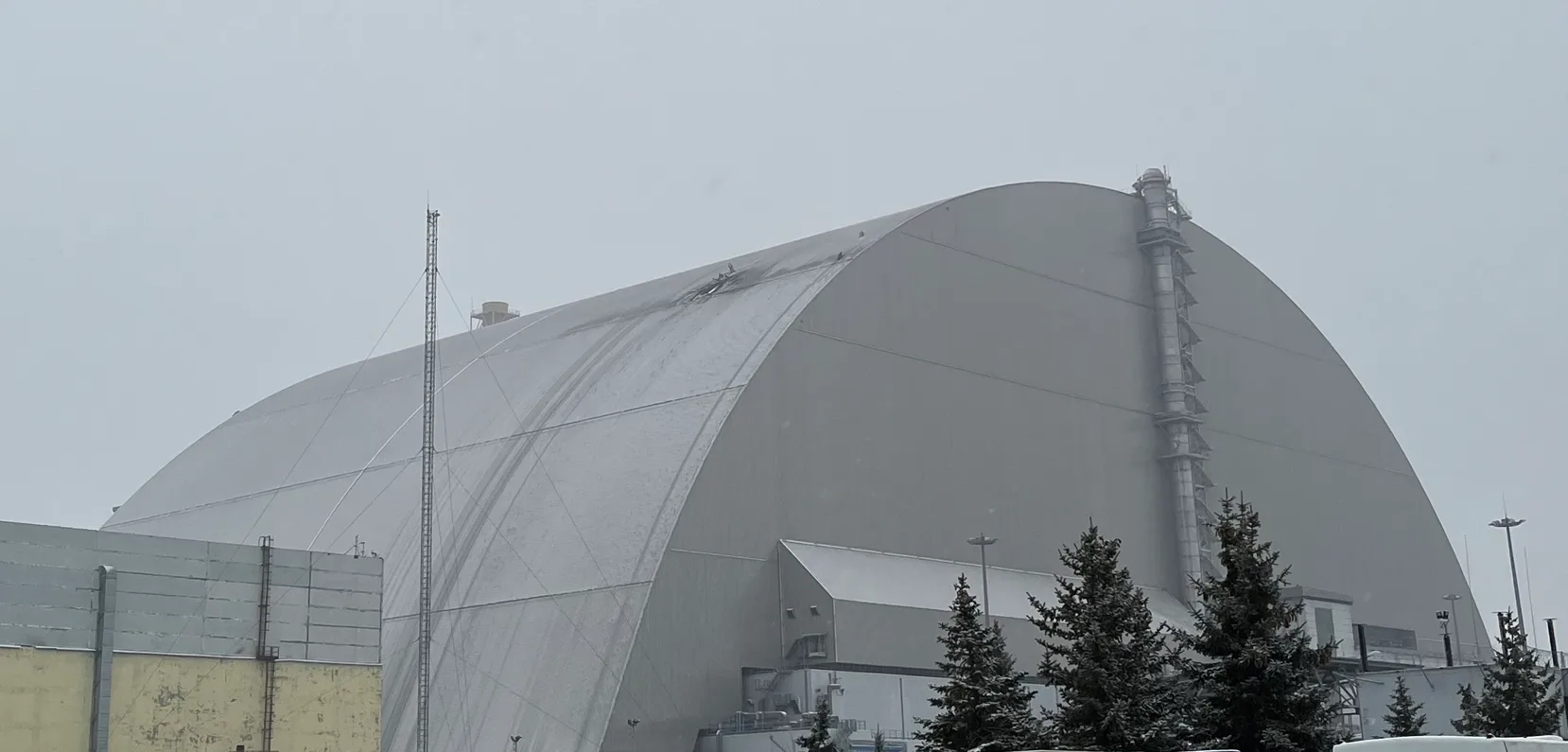‘We have never brought so many journalists to the Chernobyl nuclear power plant at the same time, even in a full-scale operation,’ press secretary Nadezhda is nervous before the checkpoint, runs out of the bus, hands the lists to the police and military. The papers slip out of her hands and fall into the snow. Nadiia picks them up in a hurry and gives them a command: ‘To the cars’. A line of more than thirty cars drives into the exclusion zone. It’s 50 minutes before sunset. Everyone is interested in one thing – the consequences of the nighttime Russian attack on the reactor.
Read also: 139 victims in January. New UN report on civilian deaths from Russian attacks
15 metres to the side – and it would have been worse
On 14 February 2025, at 1:59 a.m., a Russian drone hits the arch of the NSC, the New Safe Confinement, under which the infamous fourth reactor is located. At 2:20, the SES forces together with the plant’s employees begin to extinguish the fire.
‘There is internal equipment under the arch, the so-called garage for maintenance of the main crane system. The drone hit the outer cover, pierced it, fell into this system, and there was an explosion inside,’ commented Oleksandr Tytarchuk, ChNPP Technical Director and Chief Engineer. – ‘If the drone had hit 15-20 metres in the other direction, it would have immediately hit the old Shelter, which is already forty years old. The consequences could have been much worse.’
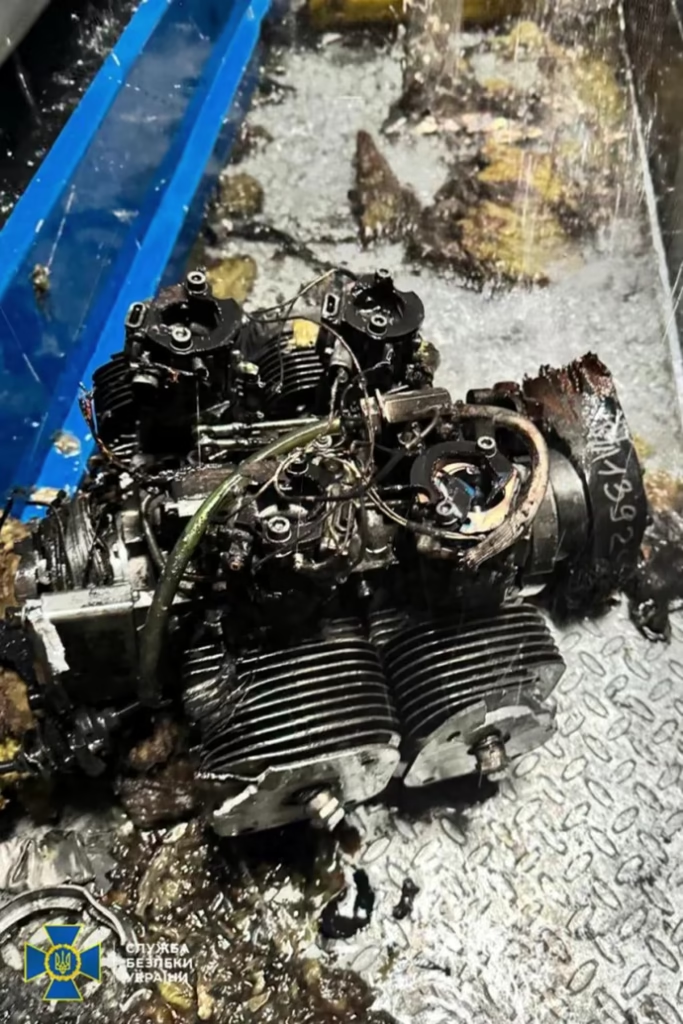
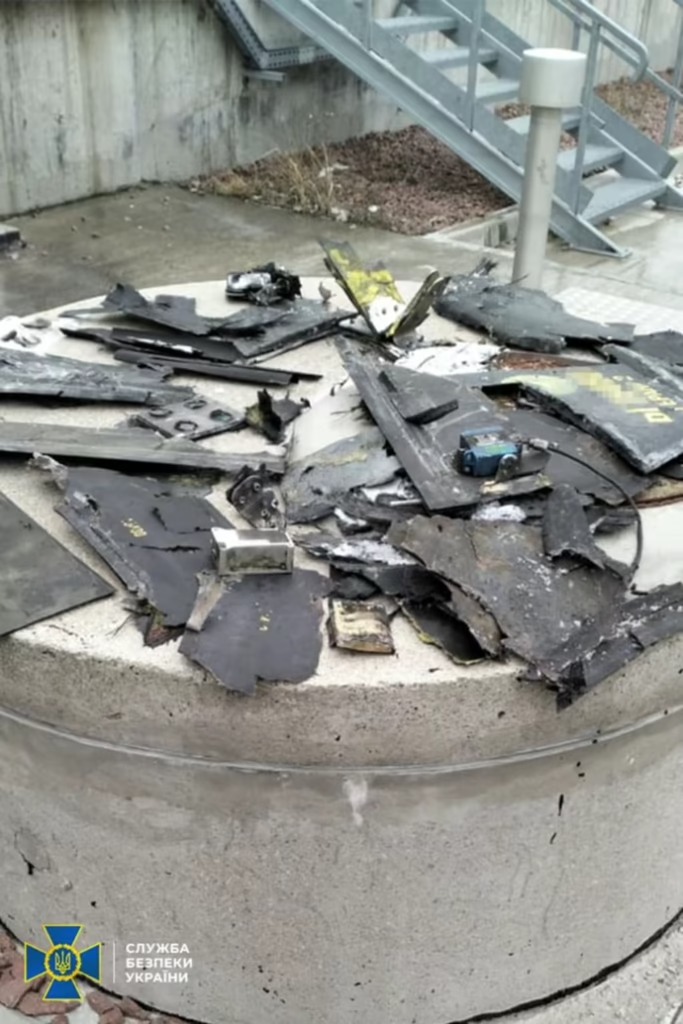
The New Safe Confinement (NSC), or simply ‘arch’, is a structure over the destroyed fourth reactor of the Chornobyl nuclear power plant. Construction began in 2007 and it was commissioned in 2019. The 110-metre-high metal structure covered the old sarcophagus called the Shelter, which was used to close the reactor in 1986 to isolate the source of radioactive substances. ‘The Shelter was hastily built, unstable and leaky, with holes covering a total of about a thousand square metres and leaking radioactive particles. That is why it was decided to cover it with a more reliable barrier.
An arch for one and a half billion euros
The construction of the arch damaged by the drone cost one and a half billion euros. 42 countries contributed to the project. ‘This dome absolutely fulfilled its function. When we covered the old shelter with the arch, the radiation background in different cities of Ukraine decreased from two to eight times,’ says Oleksandr Tytarchuk. It is difficult to predict how much it will cost to restore the arch.
In the afternoon of 14 February, there was a heavy snowfall in the Chornobyl zone, the fire was extinguished, but the insulation under the metal structures continues to smolder.
‘Our best-trained mountain rescuers are working now,’ comments Andriy Danik, Head of the State Emergency Service of Ukraine. – ‘The work is complicated by the weather. It is very difficult to work in the equipment. The personnel is constantly changing. We control that no one is exposed to radiation. The radiation background is not exceeded at the industrial site. The same as throughout Ukraine. The Hydrometeorological Service of the State Emergency Service controls it.’
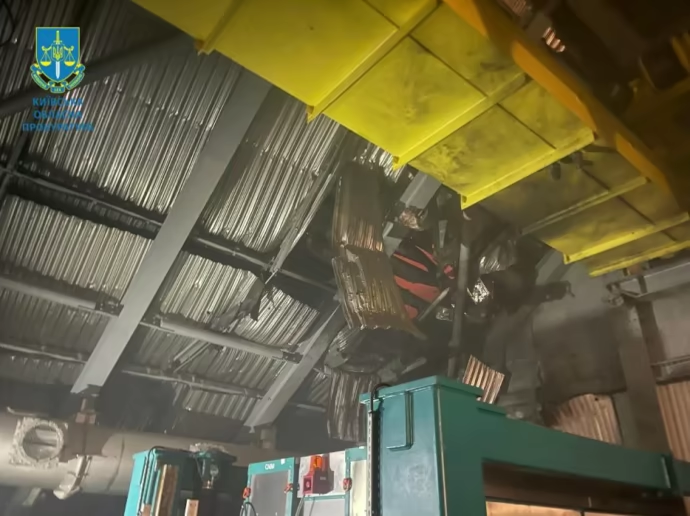
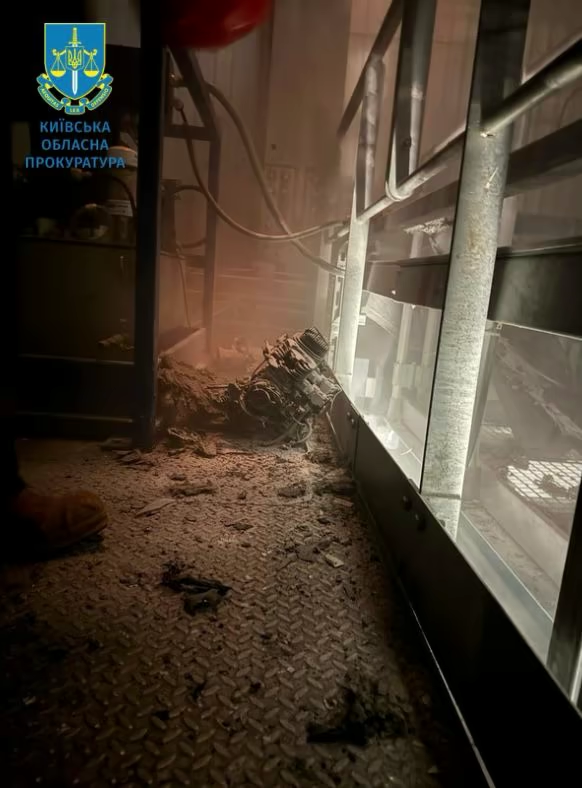
One step away from a disaster?
After the consequences are eliminated, experts plan to analyse the damage and make a temporary cover to protect the facility from precipitation. However, this will not be a full recovery. The Chief Engineer of ChNPP makes it clear that the damaged structure no longer fulfils its function of preventing the spread of radiation. ‘The barrier has ceased to perform its function as designed. But we will do everything to minimise the consequences.’
No one comments on the likelihood that Russia could launch a major attack on Chornobyl, the consequences of which would be equal to those of the 1986 tragedy. The plant is vulnerable not only because of its close proximity to the border, but also because it is illegal to shoot down drones over nuclear infrastructure. This ‘unleashes the hands’ of Russia for new acts of nuclear terrorism, which has already become part of the policy of the enemy state.
When asked what will be done to prevent radiation leakage in the event of a repeat of the incident, Tytarchuk answers briefly: ‘These are military measures, we cannot talk about them.’
Read also: How the war in Ukraine affects aviation and worsens climate change



